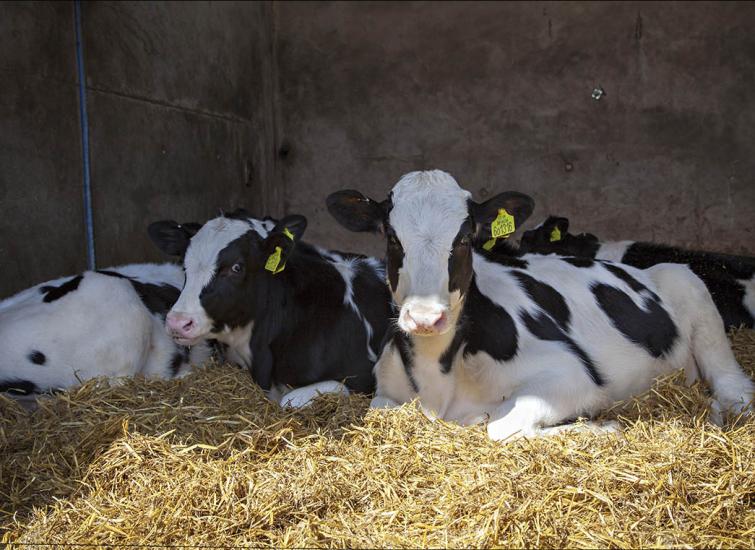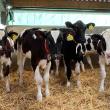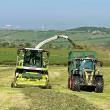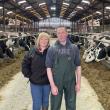Before working with Liz we were introducing the calves to a milking cow diet when they were weaned. Liz changed this to a straw and cake diet and we’ve seen great results. DLWG is good, we are gaining an additional 0.15kg and they are growing into a good frame rather than being pot-bellied.
Calf Rearing Winter Protocol
Advanced Heifer 24 launches their winter protocol aimed at improving the calves' environment to maintain growth and to produce healthy calves over the winter months.

Advanced Heifer 24 have introduced a winter protocol for their customers. The idea is to ensure growth targets are met and that we are producing the healthiest calves possible.
The winter months can throw up many challegnes, but Liz Newman our Heifer Rearing Specialist, stresses that by monitoring your calves environment you will be in a good position to tackle these issues.
The cold is an obvious issue over the winter and keeping calves warm isn't always as straightforward as it seems but its vital to keep youngstock warm. The calf area/ house is normally the coldest as they don’t produce as much heat themselves. The calf will burn energy to keep warm below 10 C taking away from the energy needed to grow.
Liz recommends the following top tips, should the temperature drop:-
- Monitor temperature in the shed – leave a min/max thermometer in there and record daily
- At 10°c and below take action
- Use calf jackets
- Increase whole milk volumes
- Increase milk powder
- Dry newborns
- Ensure there is deep, dry straw bedding
- Check for drafts
- Create a micro climate for calves
The winter protocol is specific to each farm and primarily addresses the calves’ environment, but also considers colostrum management, nutrition, calving at 24 months as well as improving health and minimising antibiotic usage. Liz understands that each farm is unique as there is not a one fits all solution, this is where her expertise comes in. If we look at the cold for example, its important to also consider ventilation and stocking densities. In trying to keep the calves warm, the airflow into the calves housing area may be closed off. This is of detriment to the livestock though, as fresh airflow is crucial to eliminating bugs in the air.
Smoke tests can be a good way of determining how the air is circulating where the calves are housed. Liz has utilised this method on a number of farms and it has enabled her client’s to make the right modifications to keep the calves in a stable environment.
When creating a good airflow through the housing, you still need to ensure that there are draft free laying areas for the calves and that they have dry bedding. If the bedding is wet and then also they are in a draft this seriously impacts on the lower critical temperature.
If you’d like to find out more about the Advanced Heifer 24 Winter Protocol, please contact Liz on 07722147982 or email liz@arn-ltd.com
〈 BACK




